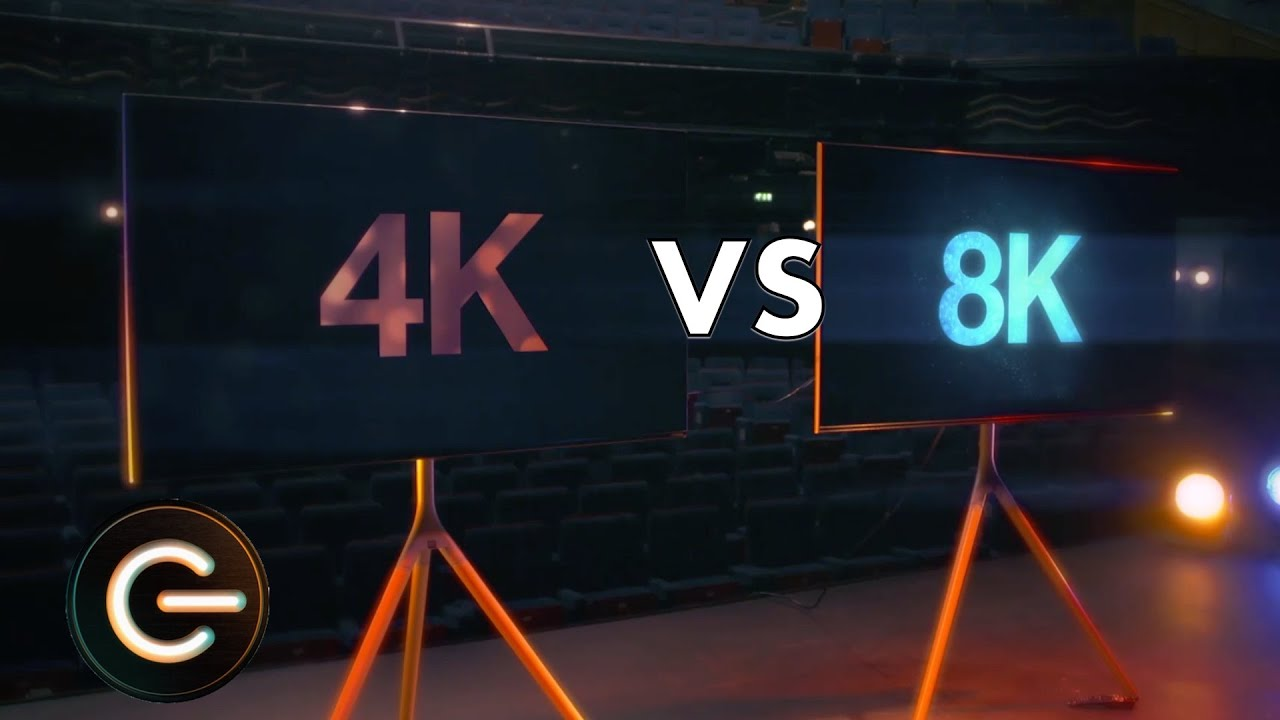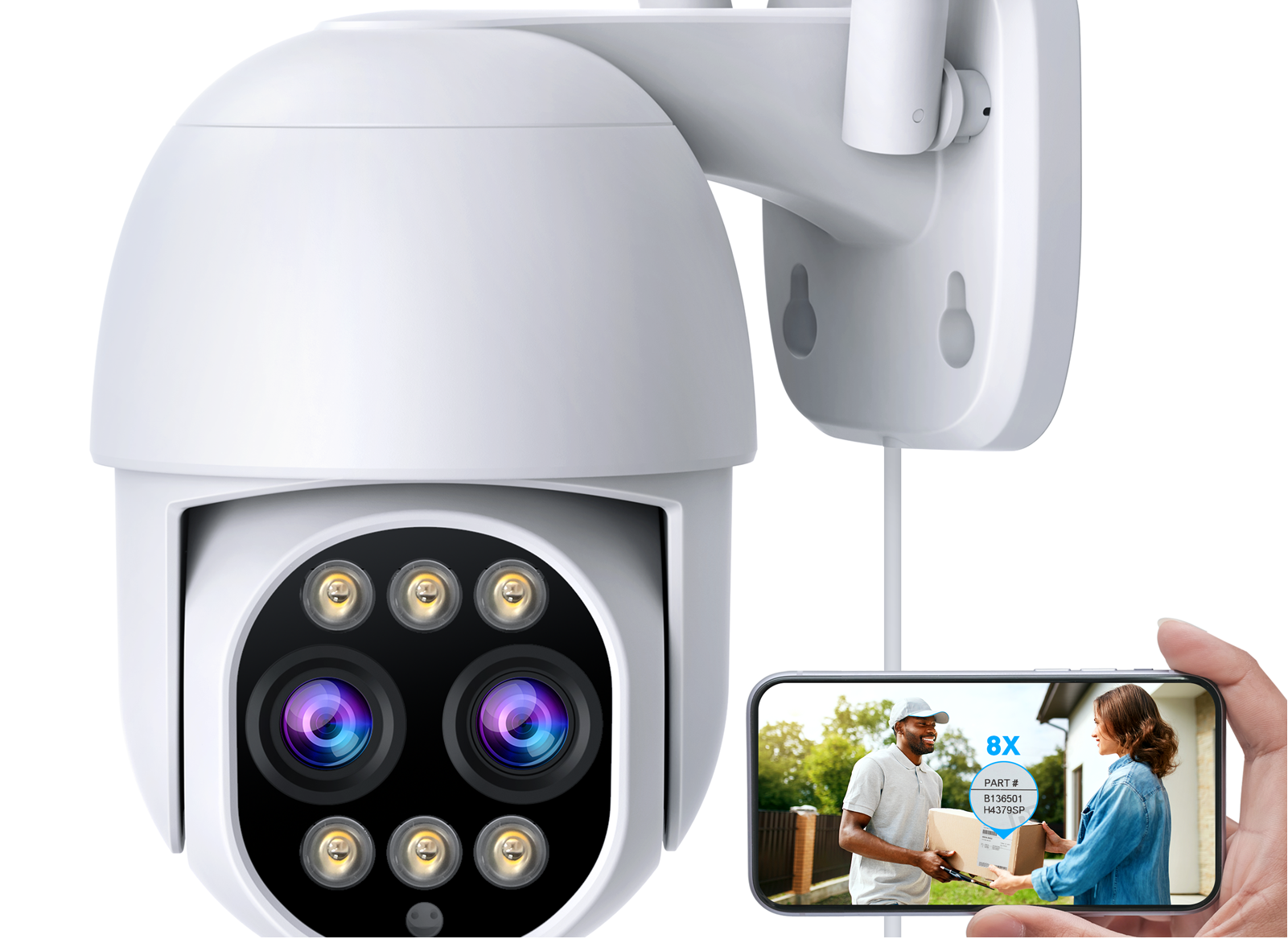Explanation

4K resolution, also known as Ultra High Definition (UHD), refers to a display resolution of approximately 3840 x 2160 pixels, offering a total of around 8.3 million pixels. On the other hand, 8K resolution, also termed Super Hi-Vision, boasts a resolution of approximately 7680 x 4320 pixels, providing an impressive total of about 33 million pixels. Consequently, 8K displays offer four times the number of pixels as 4K displays, resulting in significantly sharper and more detailed images.
Image Quality

The higher pixel density of 8K resolution translates to superior image quality compared to 4K. With 8K, viewers can enjoy incredibly crisp and clear visuals, with finer details and smoother edges. This heightened level of detail is particularly noticeable when viewing large screens or when sitting closer to the display, making 8K ideal for immersive experiences such as gaming, virtual reality, and high-quality video content.
Viewing Experience

While both 4K and 8K deliver immersive viewing experiences, 8K takes it a step further by offering unparalleled realism and depth. The increased pixel count of 8K allows for smoother gradients, more accurate color reproduction, and reduced pixelation, resulting in a truly lifelike image. Viewers can appreciate finer textures, intricate patterns, and subtle nuances in 8K content, making it the ultimate choice for discerning enthusiasts and professionals.
Display Technology

The adoption of 8K resolution has prompted advancements in display technology to accommodate the higher pixel density and bandwidth requirements. Manufacturers have developed innovative solutions such as mini-LED backlighting, quantum dot technology, and OLED panels to enhance brightness, contrast, and color accuracy in 8K displays. These technological enhancements contribute to a more vibrant and dynamic viewing experience, surpassing the capabilities of traditional 4K displays.
Restriction

One of the main challenges of 8K adoption is the limited availability of native 8K content compared to 4K. While streaming services, broadcasters, and content creators are gradually embracing 8K production, the majority of current content is still optimized for lower resolutions. However, advancements in video upscaling techniques allow 8K displays to upscale existing content, including 4K, Full HD, and even standard-definition content, to near-8K quality, thereby enhancing the viewing experience.
Storage and Bandwidth Requirements

The higher resolution of 8K content necessitates larger file sizes and greater bandwidth for streaming or playback. This poses challenges in terms of storage capacity, network infrastructure, and data transmission speeds. Content creators and distributors must invest in robust storage solutions, high-speed networks, and efficient compression algorithms to manage the increased data demands of 8K content delivery, compared to 4K.
Cost Considerations

As with any new technology, the cost of 8K displays and supporting hardware initially tends to be higher than that of 4K. While prices have been gradually declining as manufacturing processes improve and economies of scale kick in, 8K displays still command a premium due to their advanced features and specifications. Additionally, the cost of upgrading production equipment, distribution networks, and content creation workflows to support 8K content adds to the overall investment required for transitioning to 8K.
Future Prospects

Despite the current challenges and higher costs associated with 8K, the future looks promising for this next-generation display technology. As consumer demand for larger screens and higher resolutions continues to grow, manufacturers, content creators, and service providers are increasingly investing in 8K development and deployment. With ongoing innovations in display technology, content creation, and delivery infrastructure, 8K is poised to become the new standard for premium viewing experiences, offering unmatched clarity, realism, and immersion.




Leave a comment
This site is protected by hCaptcha and the hCaptcha Privacy Policy and Terms of Service apply.